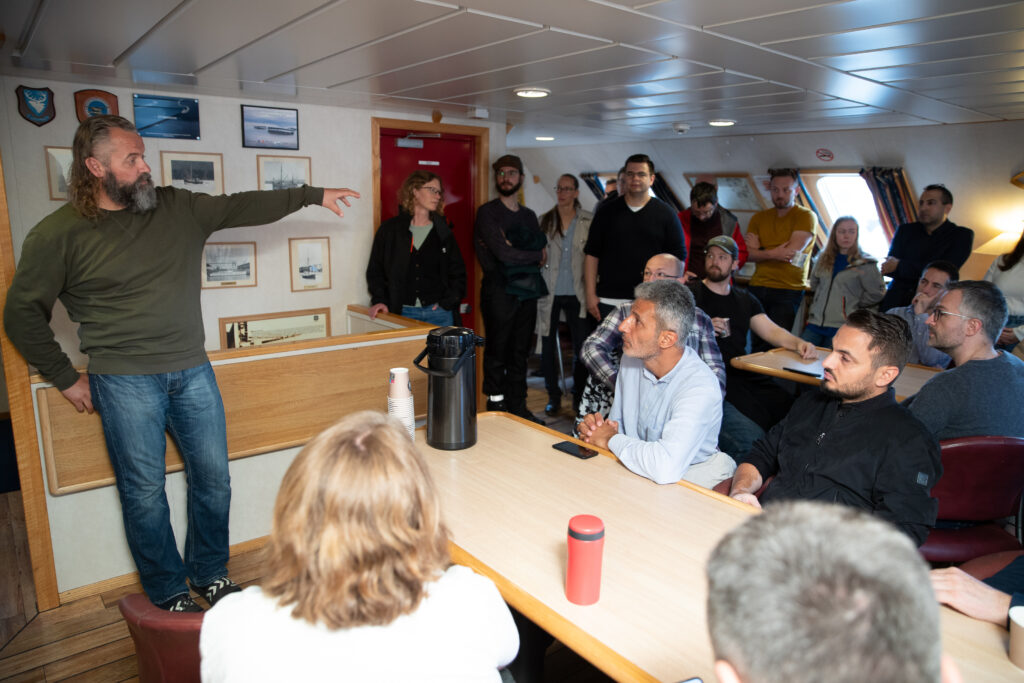The sprint is underway with, among other things, the Horizon Europe project FLEXSHIP, in which NTNU takes part as an academic partner and vessel owner.
The project will contribute towards the transition to zero-emission shipping by developing flexible electric propulsion technologies and battery systems.
Two case vessels

“FLEXSHIP aims to demonstrate that batteries are a feasible solution to power various types of vessels. It introduces a range of innovations, ensuring modularity and flexibility in battery system design, electric powertrain, and control systems,” says Mehdi Zadeh, professor at the Department of Marine Technology and leader of the vessel electrification work package in FLEXSHIP.
Digitalization teams up with electrification for enhanced design and operation, thanks to FLEXSHIP’s Green Digital Twin concept.
The digital twin converts the physical vessel orientation into a digital orientation allowing the development and verification of the power system and controllers, in a so-called model-based design framework.
“The project’s innovation will reach a significant milestone by testing and demonstration of all the developed solutions onboard two use case vessels, including NTNU’s Research Vessel Gunnerus,” says Mehdi Zadeh.
The world’s shipping industry must make drastic reductions in emissions before 2030 if the global sustainability goals are to be met.
Electrifying new and existing ships

“Electrification aims to transform the energy conversion paradigm, promoting a clean and quiet sail with enhanced efficiency, turning electricity into actions that ‘speak loader than noise,’ whether in the machine room or under water,” says Zadeh.
While batteries are not the only solution for decarbonization, electrification and hybridization significantly reduce fuel consumptions and emissions.
One immediate issue with battery-driven electromobility is the range on some highway. Far out at sea, range issues become significantly more serious and consequential.
“FLEXSHIP’s battery system for marine applications will be lighter than its predecessors, allowing for extended range,” says Zadeh.
More ambitious goals set last year

The project has 16 partners from nine countries, including DNV and NTNU, and has a total budget of more than 9 million Euro for the duration of four years.
“Shipping accounts for about 3 percent of the world’s greenhouse gas (GHG) emissions and emits 944 million tons of carbon dioxide each year, according to the latest EU report on CO2 emissions in the maritime transport sector. Although, at the same time, it is one of the most energy-efficient modes of transport,” says Zadeh.
Zero emissions by 2050
Last year the International Maritime Organization (IMO), which is the UN body for the regulation of shipping, adopted a new GHG Strategy to reduce CO2 emissions per transport work by at least 40 percent by 2030 – with reference to the 2008 level.
“The 2023 IMO GHG Strategy also expects the uptake of zero or near-zero GHG emission technologies, and finally the GHG emissions from international shipping to reach net zero by 2050,” says Mehdi Zadeh.
A general assembly of FLEXSHIP was held in Trondheim the first week of July.

